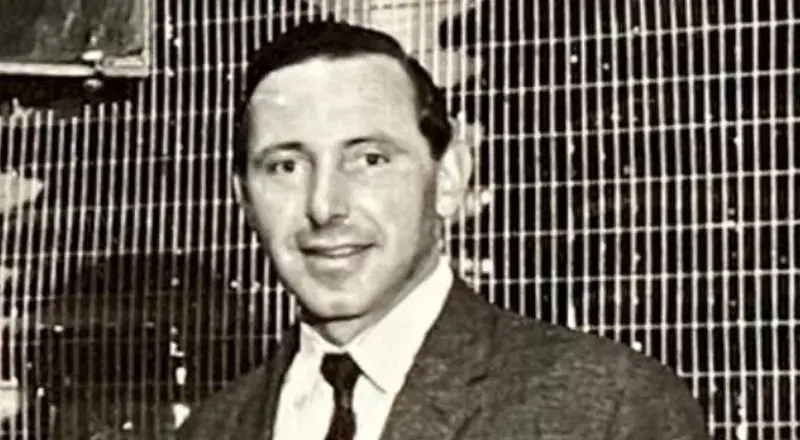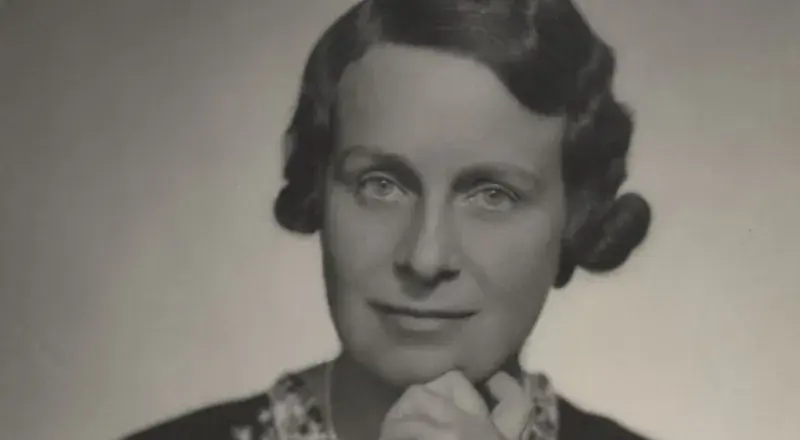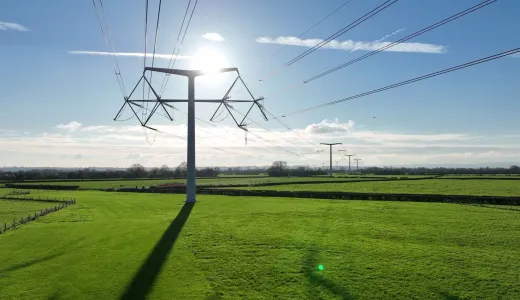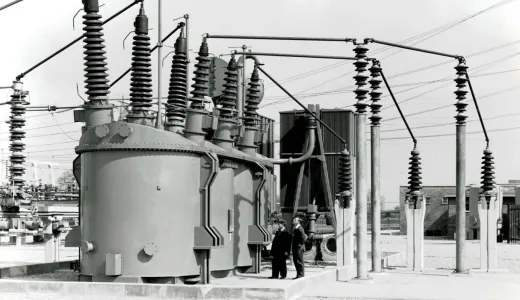Britain’s supergrid heralded a time of remarkable engineering prowess, innovation and transition. Discover some of the key figures behind the progress of electricity at the time.
Sir John Hacking
The deputy chairman (operations) of the newly formed British Electricity Authority (BEA) is the man who pushed the button to switch on the supergrid at Staythorpe substation on 15 July 1953.
A career electrical engineer, and formerly of the Central Electricity Board (CEB) – the body that preceded the BEA from 1927 to 1948 – Hacking was originally reluctant to pursue the supergrid option, but grew to support the scheme as its potential became clear.
At a 1952 address as president of the Institute of Electrical Engineers (IEE), Hacking remarked on the “prospect of a revolution in electricity” prompted by the supergrid, and on electricity’s “ever-increasing part in the life of the community.”

D P Sayers
Sayers’ arrival at the BEA as head of transmission in the late forties helped to catalyse the organisation into a new approach, boosting support for the supergrid.
Reporting to the chief engineer, V A Pask, Sayers chaired the 1950 committee which examined the feasibility of the supergrid. Its conclusions were irrefutable: it would be cheaper to transport electrical energy over long distances than it would be to transport coal, laying the foundation for creation of the supergrid. Sayers also co-authored the seminal 1952 paper 275kV developments on the British grid system, reporting on the progress made by the BEA on the new 275kV system.

Dame Caroline Haslett
Dame Caroline Haslett’s influence on the understanding of electricity in public life, and the opportunities it presented for women, was profound. In 1919 she became the first secretary of the Women’s Engineering Society (WES) and first editor of its Woman Engineer journal, later founding the Electrical Association for Women to educate women about all aspects of electrical technology in the home.
Haslett was the first and only woman to be appointed a member of the BEA, which she served between 1947 and 1956 while it was pioneering the supergrid and progress in electricity transmission.
While Haslett was not directly involved with the supergrid, she helped to grow public interest in domestic electricity developments – an achievement for which she was made dame commander in 1947.
The general public
That’s right – the British public and its demand for energy influenced how the supergrid was built.
In 1950, when the supergrid was authorised for construction, 56 TWh of electricity was consumed in Britain – a nine-fold increase compared with when the original 132kV grid was commissioned in 1926.
By 1960, thanks to modernisation of the economy and growing appetite for home tech like televisions, radios and washing machines – Brits’ consumption had doubled to 117 TWh. Today we consume around 300 TWh annually.
The supergrid was engineered with this future in mind, and its success made it possible. Over the past 70 years the transmission network has been central to socioeconomic progress across Britain, enabling reliable access to energy for countless people and businesses.


